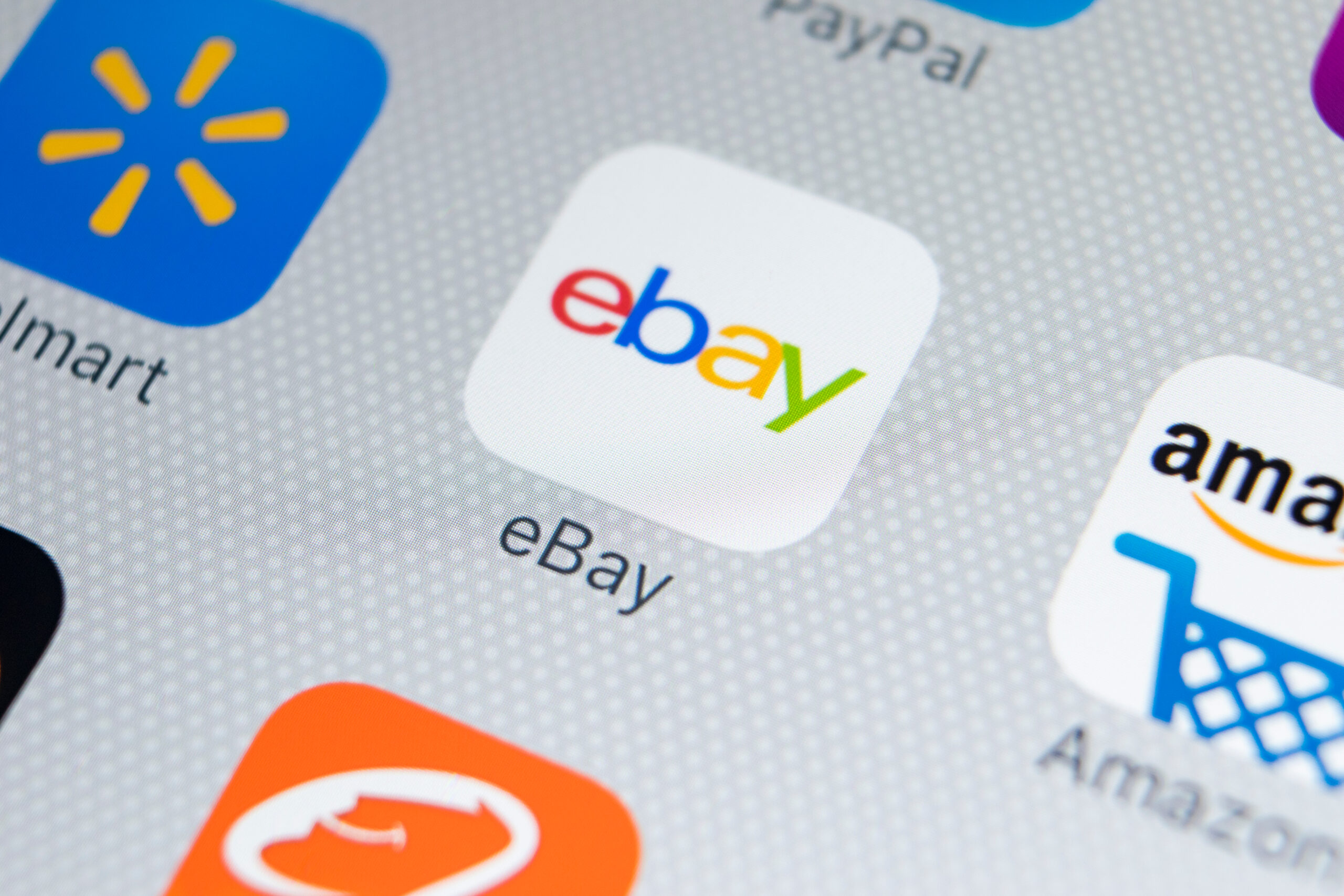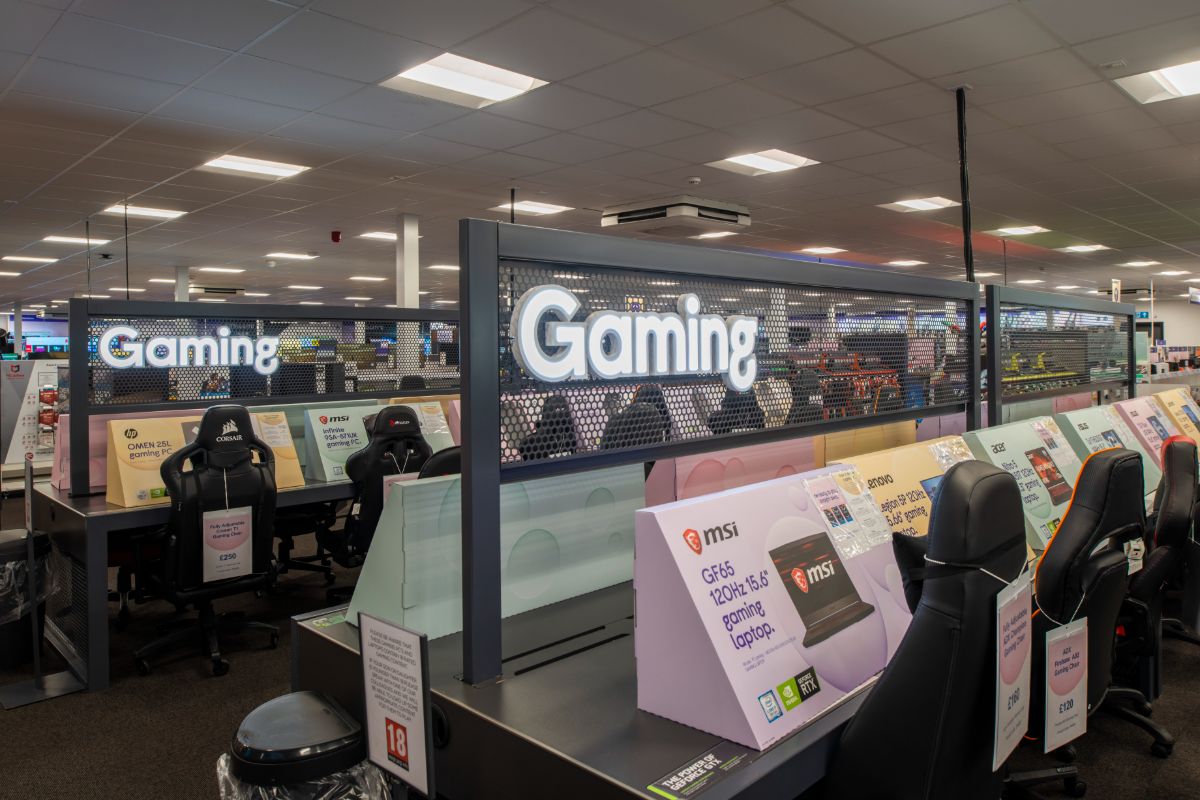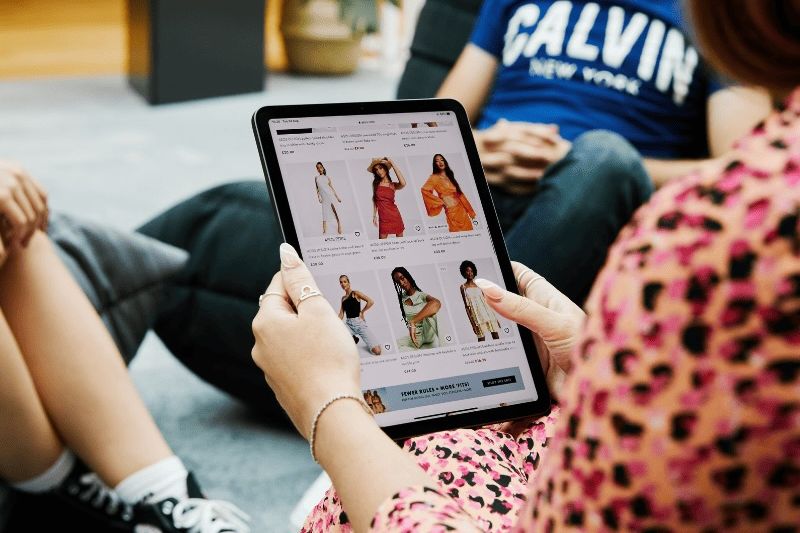Mobile shopping is becoming an increasingly significant factor in driving sales and overall brand affinity, finds a survey by Limelight Networks. The survey results suggest that retailers who create smooth, rich mobile experiences can increase conversions and build their brands with consumers purchasing on their mobile devices, on their computers, and in the store.
The study of 520 shoppers found that a third of those who use Internet-connected mobile devices to research and purchase products on shopping sites do so frequently (weekly or monthly), while three-quarters report using their mobile device to research products that they will ultimately buy on their computer or in a store.
Respondents also show that mobile shopping expectations mirror expectations for the desktop – with shoppers wanting speedy experiences, rich media like product videos, and easy-to-use sites. In fact, 80% report instantly abandoning their shopping experience if they have a bad experience using their Internet-connected mobile device
Respondents were asked how often they use their Internet-connected mobile device to purchase products other than downloadable apps, games, eBooks, and music and it was found that 34% purchase regularly (once every 1-2 months) or very often (more than once a week). A third (33%) purchase occasionally (once every 3-6 months).
The survey asked respondents where they complete purchases after they have researched a product on their Internet-connected mobile device but did not purchase the product on that device. 76% have purchased a product at the store after they have researched the product on their Internet-connected mobile device but did not purchase it on that device.
Meanwhile, 72% have purchased a product on the retailer website on the computer after they have researched the product on their Internet-connected mobile device but did not purchase it on that device
Further, 71% of respondents report using their Internet-connected mobile device to research products while they are physically in the store.
“Even if respondents do not complete purchases on their Internet-connected mobile devices, they are using their devices as a source of product information before making purchases elsewhere,” explains David Hatfield, Senior Vice President, Sales and Marketing, Limelight Networks. “The mobile device has emerged as a gateway to retail engagement across multiple selling channels, and therefore retailers who maximize the mobile shopping experience are best positioned to increase sales and overall brand loyalty.”
Survey respondents ranked the importance of mobile shopping features to making the experience of researching and/or purchasing products on their Internet-connected mobile device a good one. Nearly 90% ranked the time it takes for the site to load or appear on the screen as extremely important or important, while 88% ranked providing detailed product images on the site (for example, “zoom in” product photography or product videos) as extremely important or important.
82% ranked mobile site optimization, or how the site appropriately fits the screen (for example, no side-to-side scrolling), as extremely important or important.
“Consumers do not want to wait – they want to immediately begin shopping on their mobile devices, making the time it takes to begin viewing, searching, and clicking on a site absolutely critical,” stated Jonathan Cobb, Mobility Solutions, Limelight Networks. “Equally important to speed is the availability of rich product imagery, which provides the detailed information that consumers need when purchasing on their phones or researching the products they will buy in store or on the computer.”
Respondents were asked how they respond to a bad shopping experience on their Internet-connected mobile device. 62% abandon the site on their mobile device and return to the site at a later date using a computer. More than a fifth (21%) complete their research and/or purchase using their mobile device but will never return to the site in the future if they can avoid it. 18% abandon the site on their mobile device and seek alternative brands using their mobile device>
“Consumers are unwilling to suffer less than optimal mobile shopping experiences, with 80% reporting that they will instantly abandon a bad experience,” says David Reisfeld, GM, Content Delivery Solutions, Limelight Networks. “Although 62% of respondents noted that they intend to return to the retailer at a later date using a computer, the retailer has still lost the immediate purchase and cannot guarantee that the buyer will ultimately complete the purchase in the future. Even worse, almost 40% of respondents indicated that they will actively avoid a retailer’s unsatisfactory mobile site.”
Of the 520 respondents who completed the survey, 83% have researched and purchased a product on a shopping site using their Internet-connected mobile device and 17% have simply researched products on a shopping site using their Internet-connected mobile device.
Initially, a total of 1,052 consumers entered into the survey. The first question asked consumers to select from a list which, if any, Internet-connected mobile device they own. Only those who own smartphones that use an iOS, Android, or Windows operating system (OS) and/or who own a tablet could continue taking the survey, which included 771 respondents.
Respondents were then asked if they had previously researched and/or purchased a product on a shopping site using their Internet-connected mobile device. Respondents who answered “yes” were allowed to continue the survey, which included 520 respondents. Thus, a total of 520 respondents completed the survey, and only their responses are included in the results.
73% of all initial respondents own smartphones that use an iOS, Android, or Windows operating system (OS) and/or who own a tablet (771 out of 1,052).
67% of respondents who own smartphones that use an iOS, Android, or Windows operating system (OS) and/or who own a tablet have researched and/or purchased products on a shopping site using their Internet-connected mobile device (520 out of 771)
Almost 50% of all initial respondents own smartphones that use an iOS, Android, or Windows operating system (OS) and/or who own a tablet and have used their device to research and/or purchase products on a shopping site (520 out of 1,052).








